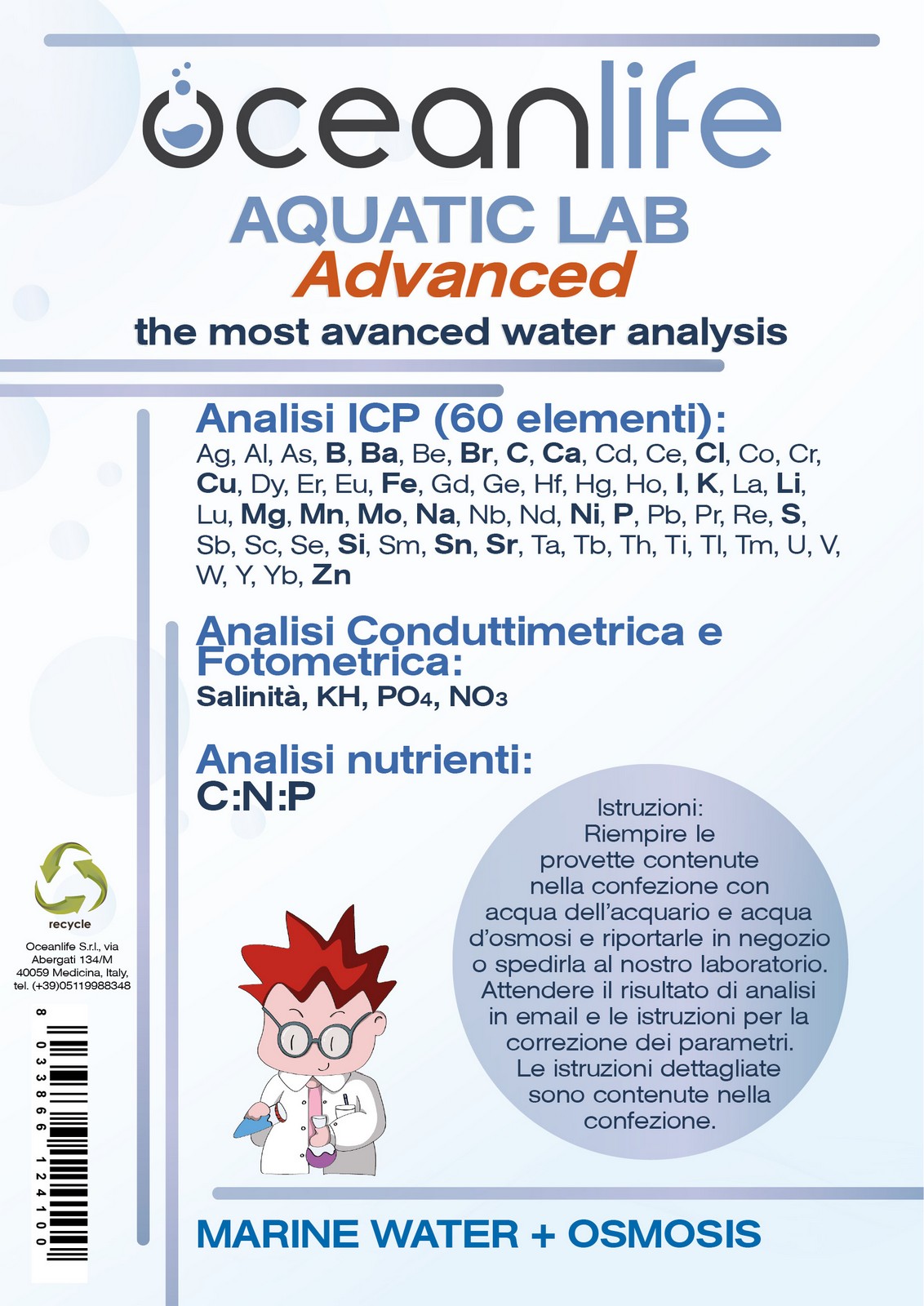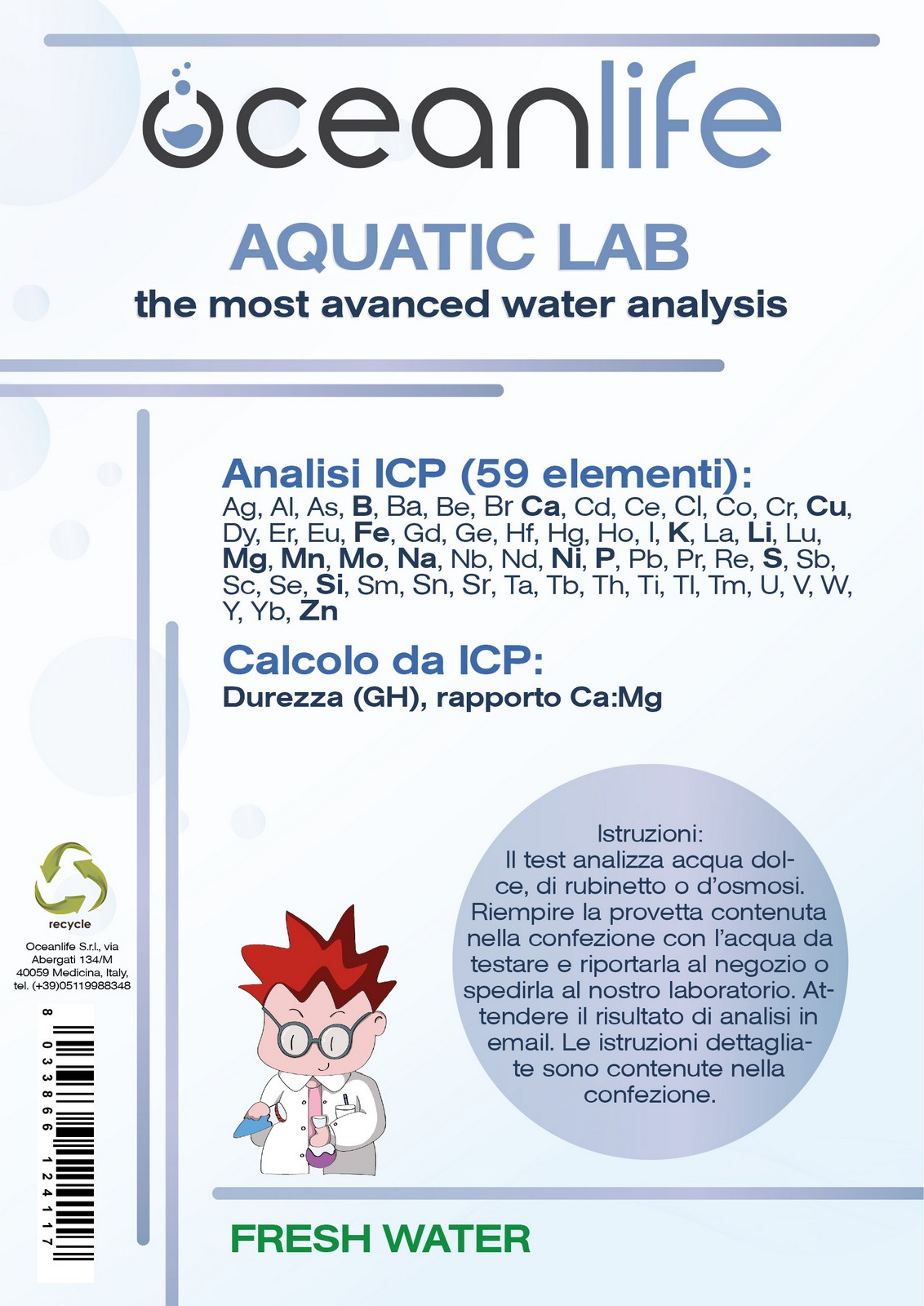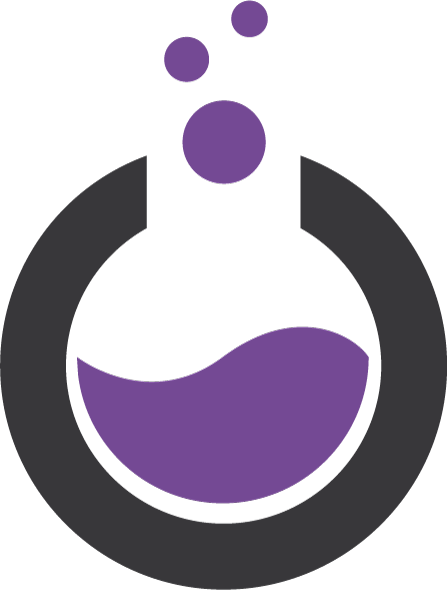Laboratory status: OPEN
All services up and working
Laboratory
How does it work
You can buy our tests at one of our stores. Below you can consult the instructions to create an account and receive the results of the analyzes comfortably at home
instructions
An ICP analysis consists in measuring the concentration of all the elements present in the sample to be analyzed, by means of a machine that generates an Argon plasma at a temperature such that all the compounds present in the water sample are broken down at the atomic level and each element is accurately measured thanks to a sophisticated optical system that detects its concentration with accuracies reaching the billionth of a gram per liter.
Our laboratory allows to carry out ICP-OES analysis for different types of water, both marine and freshwater with accuracy and sensitivity that normal tests cannot reach.
A single Oceanlife ICP test can analyze up to 60 items and helps solve situations that cannot otherwise be identified.
What is an ICP-OES analysis?

The result of the ICP analysis derives from the measurement method, from the calibrations carried out, from the stability of the temperature of the analysis chamber and from many other factors. Different measurement methods can lead to different results even if using the same machines.
Oceanlife uses specific and different calibrations for seawater and freshwater, so that the results are always as accurate as possible.
In addition to the normal initial and periodic calibrations, each time the instrument is switched on, it is realigned to compensate for the different environmental conditions which would inevitably lead to inaccurate results.
Why are all the analysis different?

Why prefer Oceanlife analysis?
Our measurement method is what makes our analyzes more accurate.
The study of the measurement system was developed with the collaboration of the staff of the University of Padua who for over 20 years have been active in the development of machines and software for ICP analysis.
We also provide a report with clear instructions for rebalancing all elements, in a simplified and full version.
In addition to all this, we provide phosphate and nitrate analyzes with the photometric method and salinity analyzes with the conductometric method.
Why also use a photometer?
The ICP machine can only give us the concentration at the atomic level, not the ionic or molecular concentration, which is the union of multiple atoms.
This is because the plasma breaks down any molecules in their constituent atoms before the concentration is detected.
The calculation of phosphates, for example, can be wrong if we start from the atomic phosphorus level, as it is also contained in a lot of organic material that is disintegrated in the plasma.
It therefore becomes very useful to investigate phosphates and nitrates through the use of a photometer.
Oceanlife analysis

Nutrient analysis and dynamic ranges
The personalized test
Advanced analysis, aimed at the most experienced and demanding users, introduces for the first time to the world the concept of dynamic setpoints. This concept applies to the Calcium, Magnesium, Phosphates and Nitrates setpoints, which are also calculated based on the KH and Carbon values detected in the tank. In addition to the correction carried out by the simplified report, the system suggests all the steps for the complete rebalancing of the system, even of those elements that should be unusually higher than the norm, another absolute novelty.
The types of tests
Frequent questions
Here you will find answers to the most frequently asked questions and the mistakes that are made most often.










